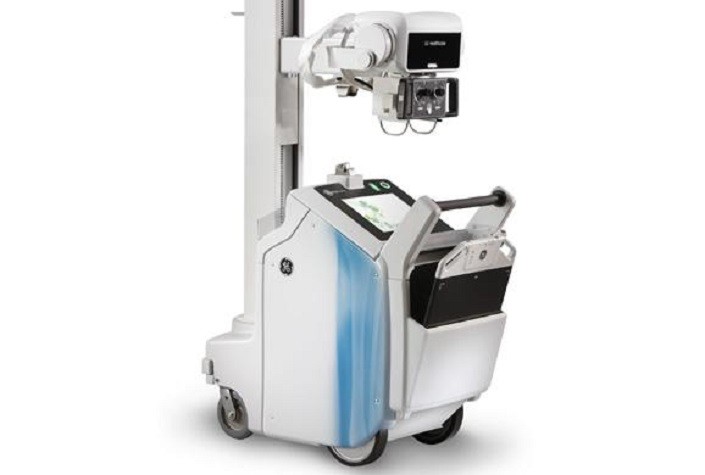Medical imaging informatics (MII), aims to provide accurate, useful, and efficient interpretations of complicated images into simpler, communicable, and in a useful manner. It mainly comprises of the application, development, and assessment of information that are useful to treat patients effectively.
Download PDF Brochure Of Study, Click Here
There are rapid changes occurring in the health care environment. Radiologists face new challenges but also new opportunities. The purpose of this report is to review how new informatics tools and developments can help the radiologist respond to the drive for safety, quality, and efficiency. These tools will be of assistance in conducting research and education. They not only provide greater efficiency in traditional operations but also open new pathways for the delivery of new services and imaging technologies. Our future as a specialty is dependent on integrating these informatics solutions into our daily practice.
Imaging informatics exists at the intersection of several broad fields:
- Biological science — includes bench sciences such as biochemistry, microbiology, physiology and genetics
- Clinical services — includes the practice of medicine, bedside research, including outcomes and cost-effectiveness studies, and public health policy
- Information science — deals with the acquisition, retrieval, cataloging, and archiving of information
- Medical physics / biomedical engineering — entails the use of equipment and technology for a medical purpose
- Cognitive science — studying human computer interactions, usability, and information visualization
- Computer science — studying the use of computer algorithms for applications such as computer assisted diagnosis and computer vision
This article discusses basic imaging informatics protocols, picture archiving and communication systems, and the electronic medical record. It details key instrumentation and data mining technologies used in medical imaging informatics as well as practical operational issues, such as procurement, maintenance, teleradiology, and ethics. The technologies of medical imaging and radiation therapy are so complex and computer-driven that it is difficult for physicians and technologists responsible for their clinical use to know exactly what is happening at the point of care. Medical physicists are best equipped to understand the technologies and their applications, and these individuals are assuming greater responsibilities in the clinical arena to ensure that intended care is delivered in a safe and effective manner. Built on a foundation of classic and cutting-edge research, Informatics in Medical Imaging supports and updates medical physicists functioning at the intersection of radiology and radiation.





No comments:
Post a Comment